I was warned, by no less an authority on all things small press-related than Daniel Elkin, that once I read the first issue of Tongues, the opening installment in a new, long-form, modern retelling of the Promethean myth by Anders Nilsen (take or leave the Brekhus as you see fit — although the artist himself seems to be including it more and more frequently), that I’d probably feel like going back and re-doing my “Top 10 Single Issues Of 2017” list — and damn if he wasn’t right. Still, going back over old ground has never been my style, we just plug ahead around these parts, but that doesn’t mean we can’t — and shouldn’t — give this extraordinary work the recognition it deserves, does it?
There’s lots to unpack when one discusses Tongues — visually, conceptually, thematically — but before getting lost in those tantalizing weeds, a word about the format: this is a beautifully- presented comic, 48 oversized pages on heavy paper that makes the muted pastel hues Nilsen employs in his color scheme absolutely sing, with a striking wrap-around cover complete with French flaps. If you remember the old Ignatz line of books from the early-2000s, you’re pretty much getting the idea, and in that respect it’s rather a return to form for the artist, whose early work The End made its debut as part of that line. The “throw-backing” doesn’t stop there, though —
Nilsen’s work has always had a quality of the self-referential about it (not that new readers should be intimidated by — or even need to know — this), but it’s how he combines and collates ideas he’s explored previously, as well as how he builds off them, that makes each project intriguing its own right. Here, for instance, we have the apocalyptic nature of Rage Of Poseidon taking its next logical leap forward to post-apocalyptic aftermath, incorporating the rubble-strewn wreckage and talking, intelligent animals of Big Questions along the way, and throwing in the wandering protagonist first met in Dogs And Water for good measure. Yet to call this a retread of past works is to sell it way too short — rather, it’s an extension of them, in much the same way that Lynch wove together ideas and concepts first raised in his earlier films into the magnum opus that was MULHOLLAND DR.
Which naturally begs the question — is Tongues destined to be the defining work of Nilsen’s career? Certainly he’s chosen fertile ground for it — Greek mythology is, by its nature, big, bold, expansive, interpretive. And he’s peppered this “re-imagined” (a term I generally hate, but still, it applies) updating with recurring elements and motifs that invite all kinds of speculative examination : arcane geometric symbols, black birds, the fact that our three apparent protagonists are never identified by name. The mind races with “what could this all mean?”-style questions, exacerbated no end by the oblique nature of the setting (which promotional blurbs online inform us is Central Asia, although the text never explicitly states as much), and of the just-concluded war that took place within it. The ground beneath our feet is unstable in the extreme, the world we’re plunged — or drawn — into very much unformed, transitory, a space where anything can happen. Where maybe it already has.
A Swahili-speaking girl, for instance, first appears in our techno-organic Prometheus’ dream, and then proves herself to be very much flesh and blood, not to mention something of a child prodigy, wise well beyond her years, and as each brief chapter (entitled “The Prisoner’s Dream,” Hercules,” and “The Murderer,” respectively) flows into the other, those questions (big ones, naturally) about the nature of this world shift outward, to the point where we’re wondering how much of this is “real” and how much is entirely imagined by Prometheus as his black eagle “friend” chomps down on his liver. Or is he, perhaps, imagining it into being?
Speaking of internal organs, they provide another running visual motif in the early going, as Nilsen designs pages around the various anatomical systems of different animals. Again, the precise meaning of this is as yet unclear, but any number of inferences are invited, making for different experiences with each successive re-read — and you will be re-reading this, probably many times.
Which, come to think of it, highlights a fascinating tension between the book and — well, itself. Certainly this is dense, heady stuff, each page a marvel of layout and design, thoroughly thought-through and with nothing left to chance — and every individual panel, for its part, is bursting at the seams with visual information that could very well prove to be of tremendous import later on. You literally don’t want to miss a thing. And yet, the pacing of the story is breezy, dare I say even relaxed, with an unmistakably organic feel to it. Events don’t occur in succession so much as coalesce one into another, in naturalistic quasi-rhythm. As the old bumper sticker says, “Shit Happens” — but here, it’s all happening for a reason. Or, perhaps more accurately, for reasons, plural.
At this point it probably goes without saying — but I’ll say it anyway — that Nilsen’s illustration is zenith-level throughout this comic, everything from monkeys to armored battle trucks to barren landscapes to fucking respiratory systems delineated with a keen mixture of precision and free-flowing expression, each should-be-competing polarity working with the other to achieve holistic unity in the eye of the lucky beholder. He does some interesting things with time and movement, as well, a handful of panels showing the physical progress of characters moving within a formally “static” image that is, of course, anything but.
And ya know, that may not be a bad metaphor to cling to when grasping for an overall description of Tongues itself. We may think we know this story, or that we’re at least familiar enough with its basic components, but pre-conceptions, as with appearances, can be deceiving. Nilsen is doing something supremely confident and just as gutsy here — filling in very little by way of actual details and trusting entirely in his craft to both inform and mystify us every step of the way, to establish the framework of our expectations and subvert them in equal measure. This could very well be the most ambitious thing happening in comics right now — and you’d be a fool, dear and valued reader, not to get in on the ground floor.
Nilsen is self-publishing Tongues under the auspices of his new “No Miracles” imprint — and while it’s not cheap, it’s worth every last one of the 15 dollars you’ll spend on it, and then some, so quit listening to me and get yourself over to the official website.
Tags: Anders Nilsen, Comic Books Comic Books, Comics, Graphic Novels

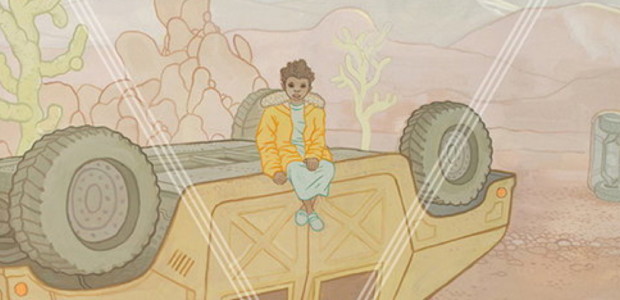
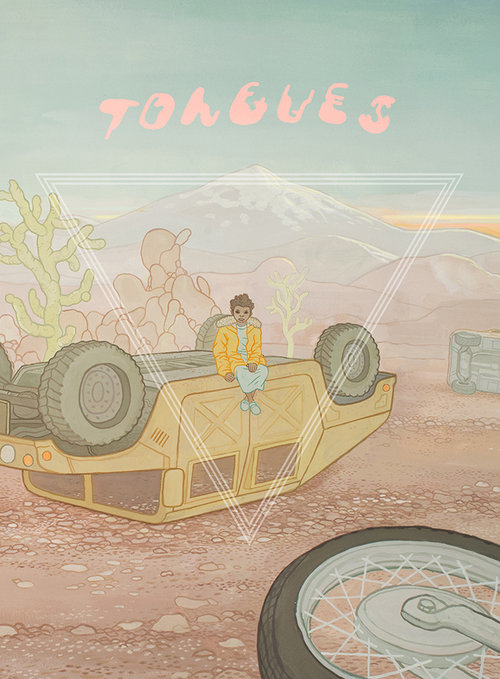
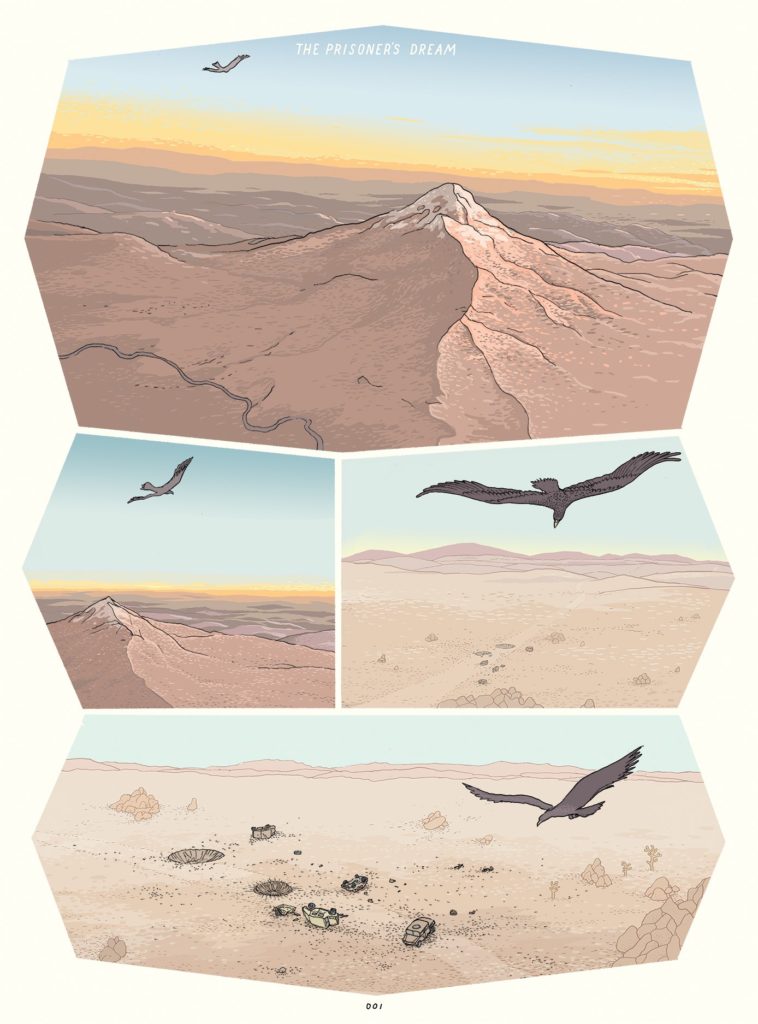
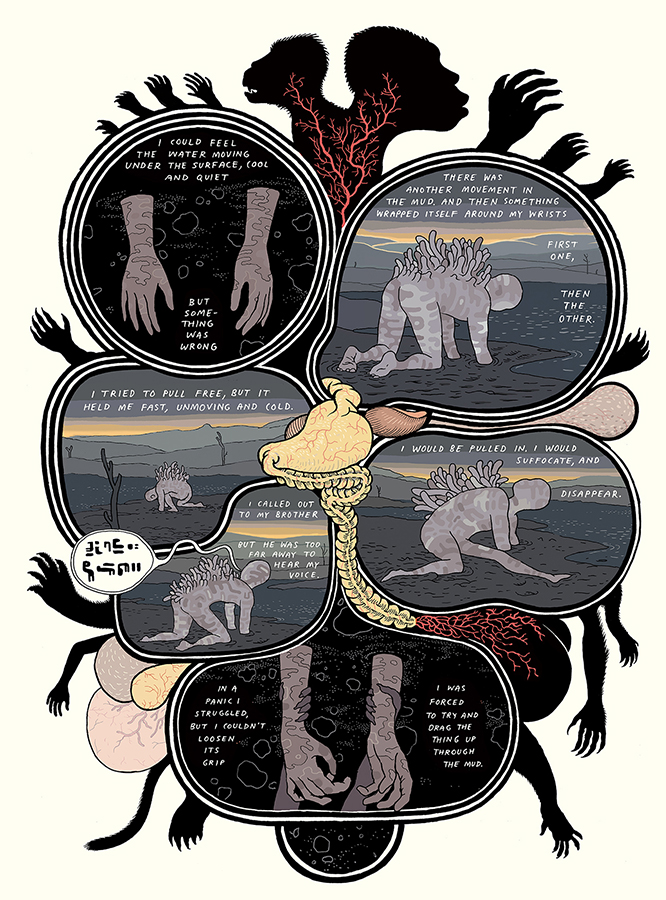
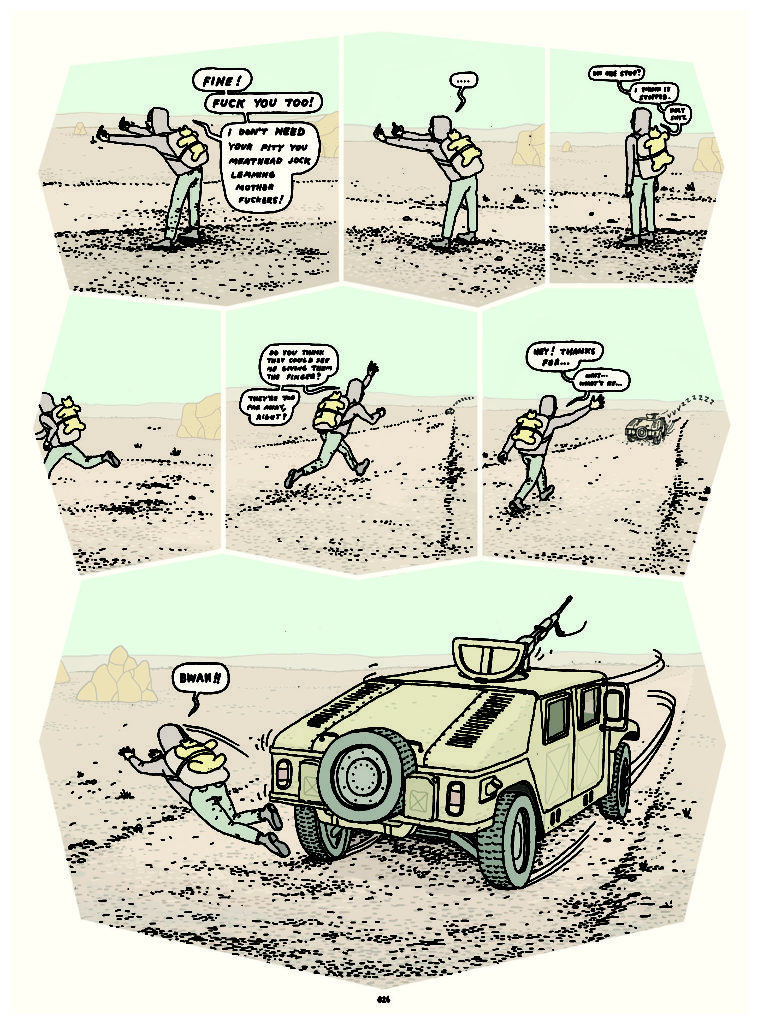
No Comments